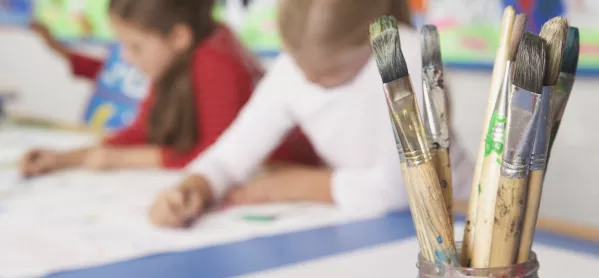What are bridge organisations?
A bridge organisation works to connect the cultural and education sectors to provide learners with more access to the arts and culture. Funded by Arts Council England and the Department of Education, they work with a plethora of partners to create access to a range of cultural experiences for the classroom, and to drive involvement in the artsaward and Artsmark schemes.
Why does this matter?
There is little doubt of the impact that arts and cultural learning can have on children’s overall education. Learning about the arts can help pupils to recognise diversity, encourage a more holistic view of learning and even boost the economy.
Would my students really be interested in opera and modern art?
You may be thinking that your primary students just won’t get it, or that this won’t really be Year 9’s “thing”. But bridge organisations aim to break down the myths and barriers of high art and culture with a strong message that it’s accessible to all.
In reality, though, this can be dependent on many factors. For some children and indeed teachers, it will be way out of their comfort zone.
So, how would this actually work in the classroom?
A key aim of a bridge organisation is to - well, bridge the gap between the art and culture and education sectors. That doesn’t just mean arranging school trips. Bridge organisations can help you to organise partnerships with local galleries, orchestras, heritage sites or cultural institutions.
Why do I need a “middle man” for that? Can’t I just do it myself?
Of course you can. While bridge organisations can provide established links and direct you to well-known projects, you may feel that you are better-placed to source something that has direct relevance to you and your classroom.
On the other hand, bridge organisations work to elevate the presence of this kind of classroom approach, so they could be a good source of support.
Is it really worth the effort?
It might feel like there is not enough time or room in the curriculum to incorporate more arts and cultural education, but we do need to make space for it. Where enrichment activities are integrated well into a curriculum, there is real opportunity to make impact on a range of levels.
Where can I learn more about this?
The best thing to do is to get in touch with your local bridge organisation and get to know what they do. You can access their support and resources and away you go! You’ll find them all here.
Sarah Wright is a senior lecturer at Edge Hill University. She tweets as @Sarah__wright1.
Want to keep up with the latest education news and opinion? Follow TES on Twitter and like TES on Facebook




